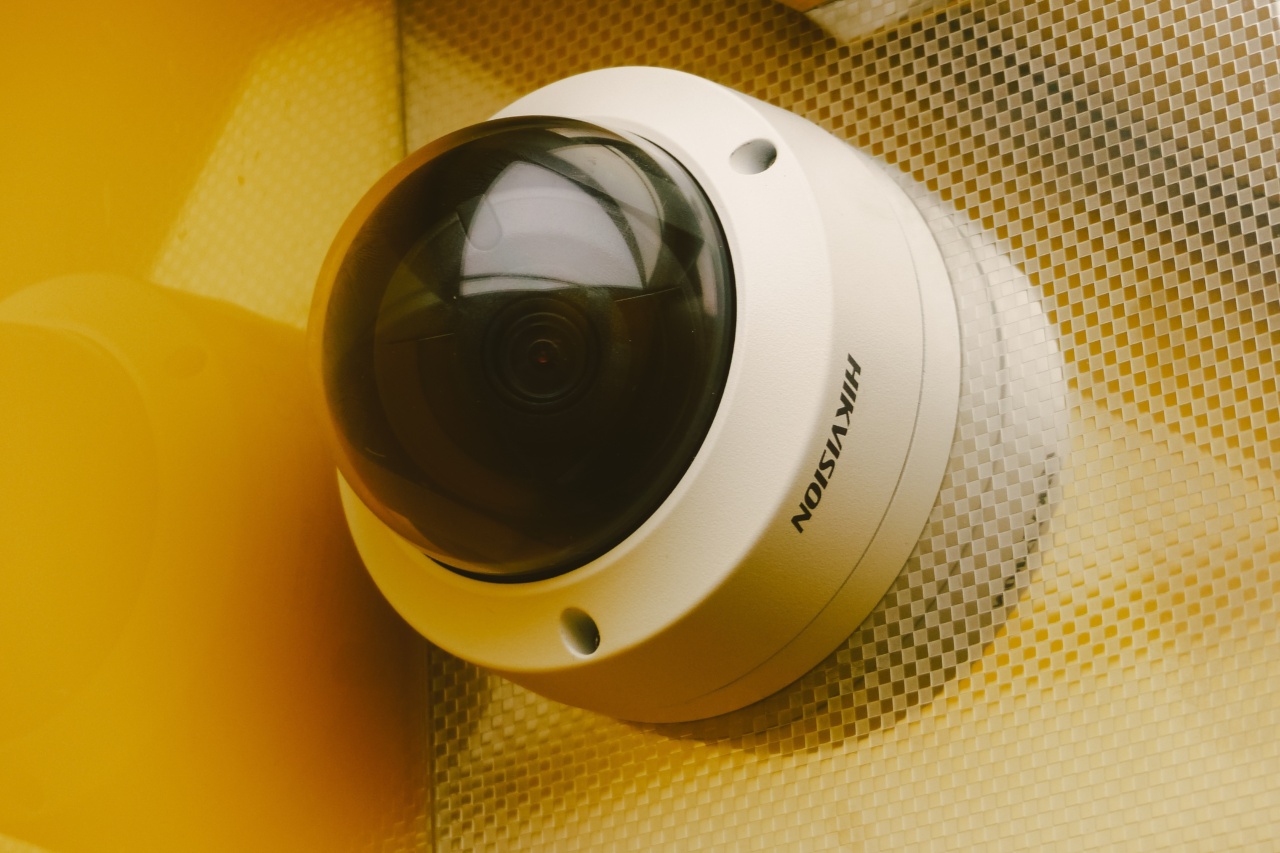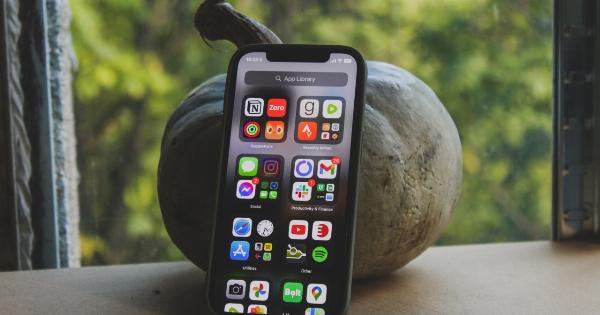Twitter has become a popular platform for communication and information sharing. It has also emerged as a promising tool for disease surveillance.
The ability to capture real-time, patient-level data from social media platforms has been leveraged for a range of applications, including influenza surveillance.
Twitter and Influenza Surveillance
Twitter provides a unique opportunity for influenza surveillance due to the large volume of data generated on the platform.
Users frequently discuss symptoms, self-care, and interactions with healthcare providers, making it possible to capture early warning signals of influenza outbreaks.
Advantages of Twitter for Influenza Surveillance
Twitter offers several advantages over traditional influenza surveillance methodologies. First, Twitter data is available in real-time, allowing for early detection of outbreaks.
Second, Twitter data can capture information on individuals who do not seek medical care for their symptoms. Third, Twitter data is geocoded, allowing for the identification of disease clusters at a fine spatial resolution.
Challenges of Twitter for Influenza Surveillance
Despite the advantages, there are also challenges associated with using Twitter for influenza surveillance. One such challenge is the need to filter out noise from the data.
Twitter data is often characterized by irrelevant, misleading, or inaccurate information. Another challenge is the need to account for data bias: Twitter users may not be representative of the general population.
Twitter-based Influenza Surveillance Models
Several methods have been proposed to address the challenges of using Twitter for influenza surveillance. One approach is to use machine learning algorithms to filter out noise and identify relevant tweets.
Another approach is to develop models that account for data bias, such as by incorporating demographic information. A third approach is to combine Twitter data with other sources of influenza surveillance data, such as traditional surveillance systems or Google search queries.
Case Study: Tracking Flu in Real Time (TFIR)
One notable example of Twitter-based influenza surveillance is the Tracking Flu in Real Time (TFIR) project. The project uses machine learning algorithms to identify relevant tweets and estimate influenza activity in near real-time.
The TFIR model has been shown to outperform traditional influenza surveillance systems in terms of timeliness and accuracy.
Ethical Considerations
The use of social media data for disease surveillance raises ethical considerations. Patient privacy must be protected, and consent must be obtained for the collection and use of data.
Furthermore, the potential for harm must be weighed against the potential benefits of using social media data for disease surveillance.
Conclusion
Twitter has emerged as a promising tool for influenza surveillance.
Although there are challenges associated with using social media data for disease surveillance, innovative approaches such as the TFIR model have shown great potential in capturing early warning signals of influenza outbreaks. With appropriate ethical safeguards, Twitter-based influenza surveillance has the potential to complement traditional influenza surveillance systems and improve public health outcomes.


























